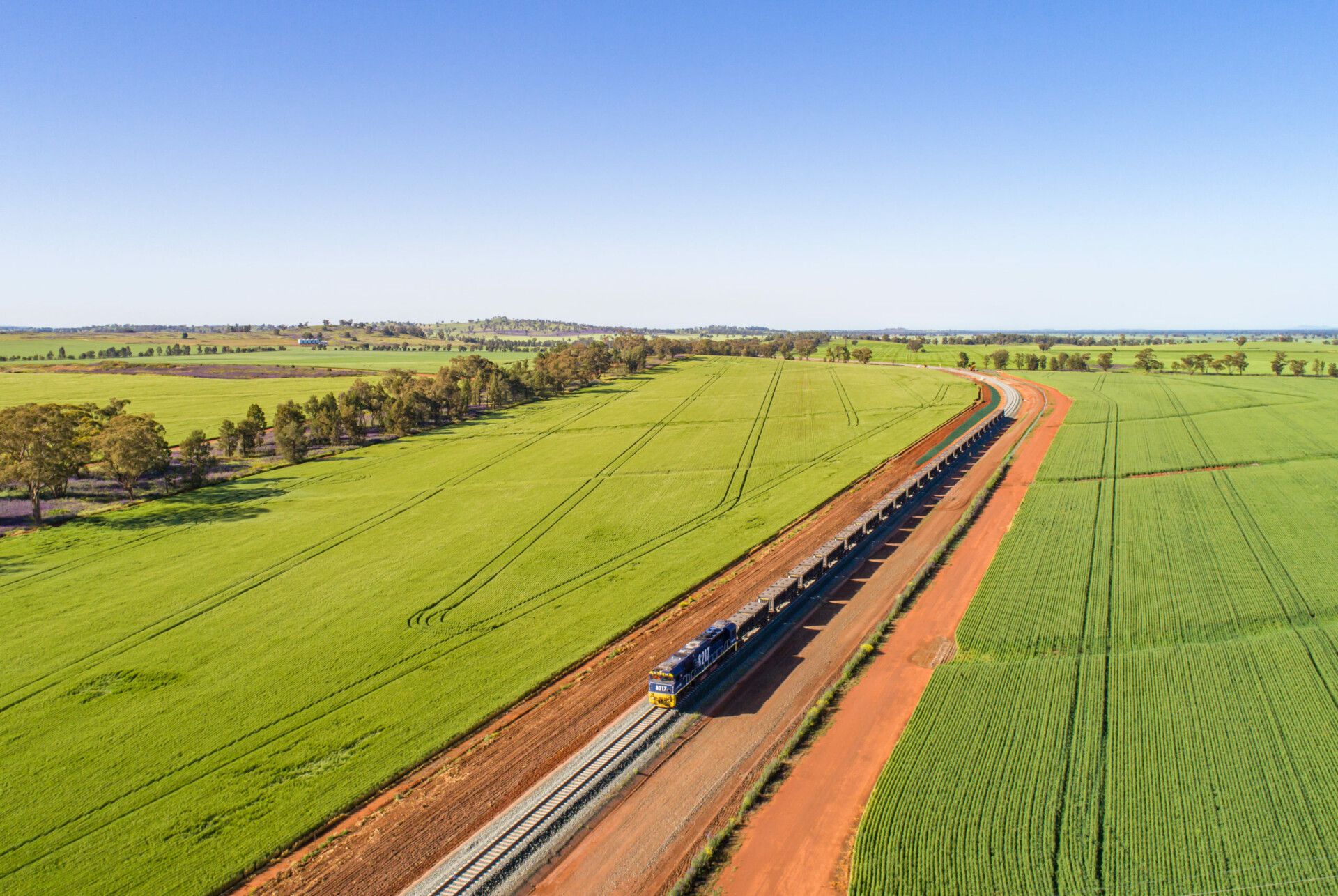The Federal Government of Australia has announced an independent review of the Melbourne-Brisbane Inland rail project. The announcement and move aim to take a closer look at the project’s development plan, including planning, governance as well as delivery of the inland rail.
The review will reportedly be led by Dr. Kerry Schott AO. It will consider the processes required for selecting appropriate routes. In addition, it will assess the available options for the new Inland Rail intermodal terminals. The terminals will be built in both Brisbane and Melbourne.
Moreover, the review will assess the project’s schedule, scope as well as cost. The independent review will also serve to improve rail lines to the ports in both Brisbane and Melbourne. It will have regard to existing studies and will include extension works, especially of the Inland Rail from Toowoomba stretching to the Port of Gladstone.
Furthermore, the Melbourne-Brisbane Inland rail project review will include the South East Queensland Freight Modelling Study and Freight Demand.
Remarks on the proposed review
The Federal Minister for Infrastructure, Transport, Regional Development, and Local Government spoke about the project’s independent review. Catherine King said that the review will certainly give the Government a wide and clear-eyed view. More especially, on what the pressing problems are and the way forward. The Federal Minister also said that the project delivery serves as their election commitment.
By 2040, Australia’s freight supply chain is projected to grow by well up to 35%. Therefore, the Inland Rail marks a significant part of the journey towards building capacity alongside the capability to meet the ever-growing demand.
The Federal Minister for Finance also spoke about the project. Katy Gallagher revealed that the Inland Rail will support growing Australian companies in addition to local jobs. As it stands, well over $2.7 billion in contracts have already been awarded to over 400 businesses and suppliers across Australia.
Melbourne-Brisbane Inland rail project overview
The Melbourne to Brisbane Inland Rail project is an Australian Government initiative to repair and build a 1,700km freight railway that, once finished, will allow express trains to travel between Tottenham in Melbourne and Acacia Ridge in Brisbane in less than 24 hours.
The project is reportedly the largest transport infrastructure project in the Australian Government’s US$ 120bn pipeline, and a critical action under the National Freight and Supply Chain Strategy.
The Australian and Queensland governments signed a Bi-Lateral Agreement for Inland Rail on November 29, 2019, allowing the project to be completed in Queensland. The Bi-Lateral Agreement establishes the terms and conditions for the development of inland rail in Queensland, including criteria for:
- the utilization of the state government’s protected/preserved Gowrie-Granchester and Southern Freight Rail Corridors – the development of joint business cases for: – Brisbane to Toowoomba Passenger Services by December 31, 2022 – Intermodal South East Queensland Inland Rail by December 31, 2022
- Rail Access to Brisbane’s Port Study
- A rail line between Salisbury and Beaudesert
Also Read: Australia’s Bruce Highway Upgrade Project
- Construction on the Kagaru to Acacia Ridge and Bromelton sections will be limited to passing loops until the business cases are finished and the traffic requirements, including double stacking, on the line are better understood
- restricting coal traffic on the Kagaru to Acacia Ridge segment until the Salisbury to Beaudesert line is completed or until another date agreed upon by the federal and state governments
- a panel of independent global experts to advise on the scope, interpretation, assumptions, and application of flood modeling and best practices for structural design in a floodplain setting throughout the whole Queensland Inland Rail network.
The Inland Rail Project’s Development
In the next years, freight traffic in Queensland is expected to triple, with South East Queensland witnessing the most substantial growth. As part of the effort to plan for this development, the Australian Rail Track Corporation (ARTC) delivers Inland Rail on behalf of the Australian Government.
The new Inland Train infrastructure will improve connectivity and increase rail freight volumes from southern and southwest Queensland. The construction of inland rail is a large and demanding endeavor. To ease the delivery of the new and upgraded 1,700km rail line, ARTC has divided the program into 13 sub-projects.
The Queensland Government is working with the ARTC on environmental planning, state requirements like the flood panel, future-proofing the corridor for future upgrades, statutory approvals, maximizing the benefits of inland rail to Queensland businesses and communities, and land acquisition for sections of inland rail in Queensland through the Department of Transport and Main Roads (TMR).
As the acquiring authority for Queensland’s portion of Inland Rail, TMR will conduct the compulsory land acquisition procedure following Queensland laws stated in the Acquisition of Land Act 1967. TMR will assist ARTC in its interactions with landowners immediately impacted by the planned alignment and individuals with a direct interest in affected properties. Both lessees and occupants are protected.
An impartial international panel of experts has been constituted to perform flood research in Queensland. Under the Department of Transport and Main Roads, the Australian and Queensland governments have developed an Independent International Panel of Experts for Flood Studies. The Panel will advise the Australian and Queensland governments on the flood models and structural designs developed for Queensland Inland Rail by the Australian Rail Track Corporation.

